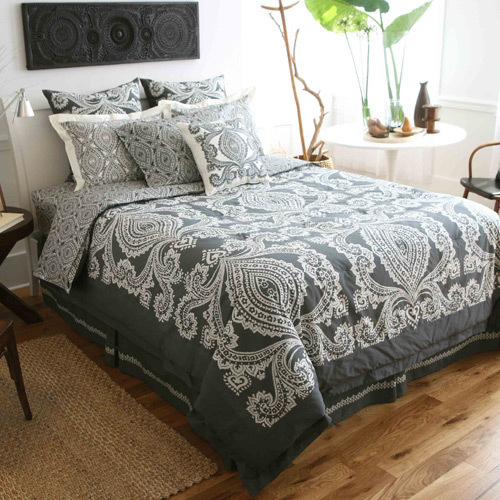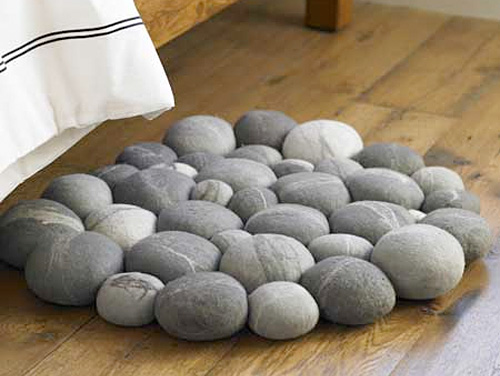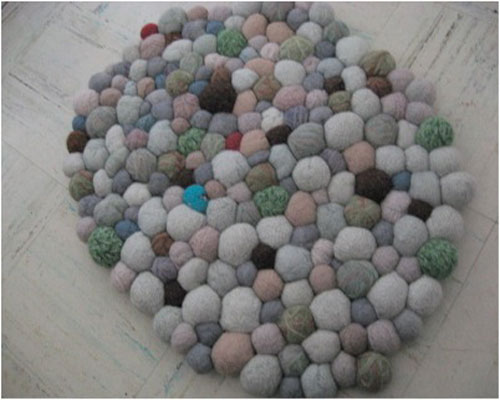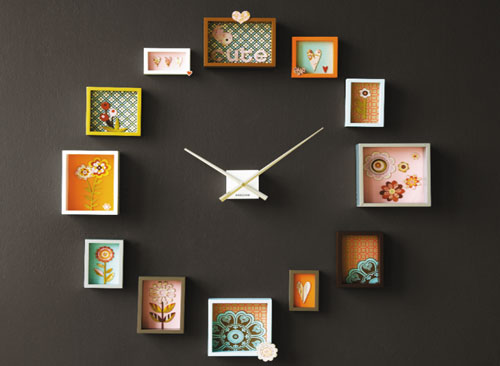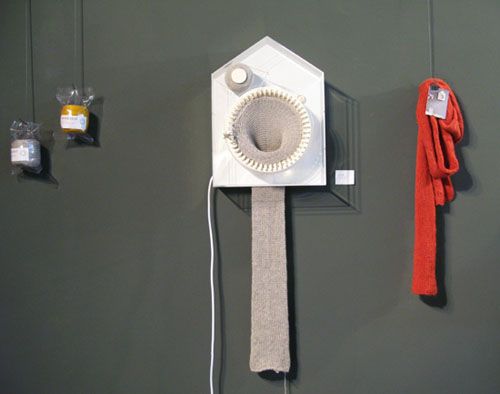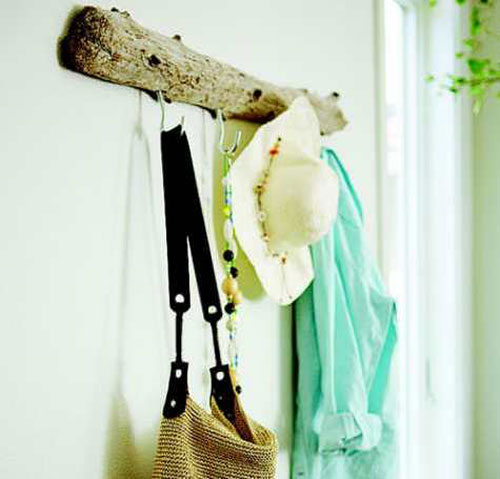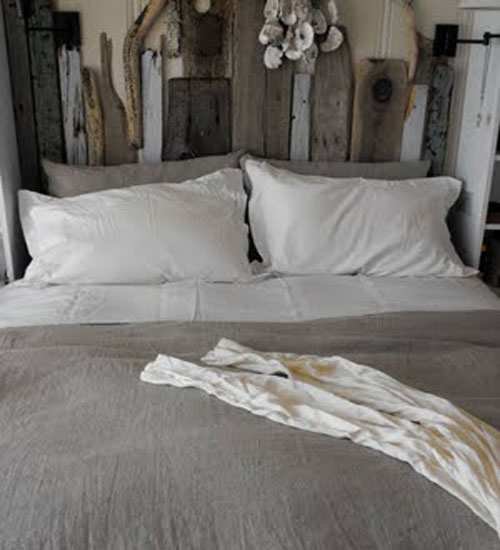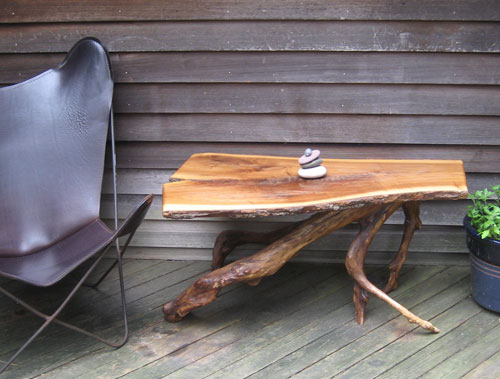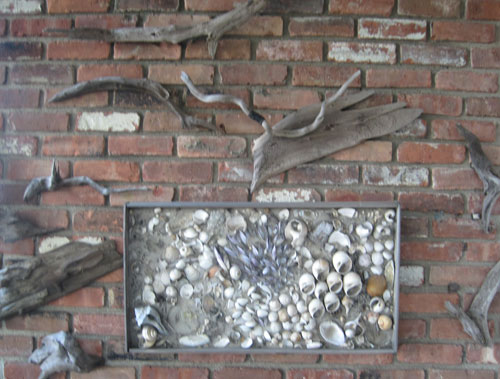 In the textile world, Amy Butler is like a rock star. She does it all - designs sewing patterns, organic fabric, yarn, bedding, wallpaper, rugs, and writes books. Her designs are colorful, earthy and boldly patterned. Many are reminiscent of the era she (and I) grew up in, the 1970’s. Her style has been called, "vintage modern".
I recently picked up a copy of the magazine, Where Women Create, Inspiring Work Spaces Of Extraordinary Women and Amy’s deeply patterned pillows grace the cover. The article that accompanies the image is an inspirational profile of Amy and her workspace.
In the textile world, Amy Butler is like a rock star. She does it all - designs sewing patterns, organic fabric, yarn, bedding, wallpaper, rugs, and writes books. Her designs are colorful, earthy and boldly patterned. Many are reminiscent of the era she (and I) grew up in, the 1970’s. Her style has been called, "vintage modern".
I recently picked up a copy of the magazine, Where Women Create, Inspiring Work Spaces Of Extraordinary Women and Amy’s deeply patterned pillows grace the cover. The article that accompanies the image is an inspirational profile of Amy and her workspace.
A few months ago, the publisher of Where Women Create, Jo Packham invited me to join the ranks of women who have been featured in the magazine. It is an awesome opportunity for me and I am deeply honored. As a writer, I create wherever my computer is. That will be an interesting spread. Will they follow my trusty laptop and me to the local coffee shop? More about that to come…
Back to Amy…It is her work philosophy that truly inspires me (not that her designs aren't to die for):
“Being generous, fair, and honest in business and in life rewards you with grace and is it's own success. Giving back to your community is sewing what you reap (sharing the love)…Care for YOUR community and it will take care of you.”
Love it! I thoroughly agree with Amy about giving back to the community that nurtures you. I also like to support artists and designers who give back. Amy gives back to her fans too. She provides free DIY patterns. Here is the link to Amy Butler’s DIY pillows, scarfs, quilts, yoga bag, duvet cover and wall art. Sweet!
Credits: Amy Butler Design

